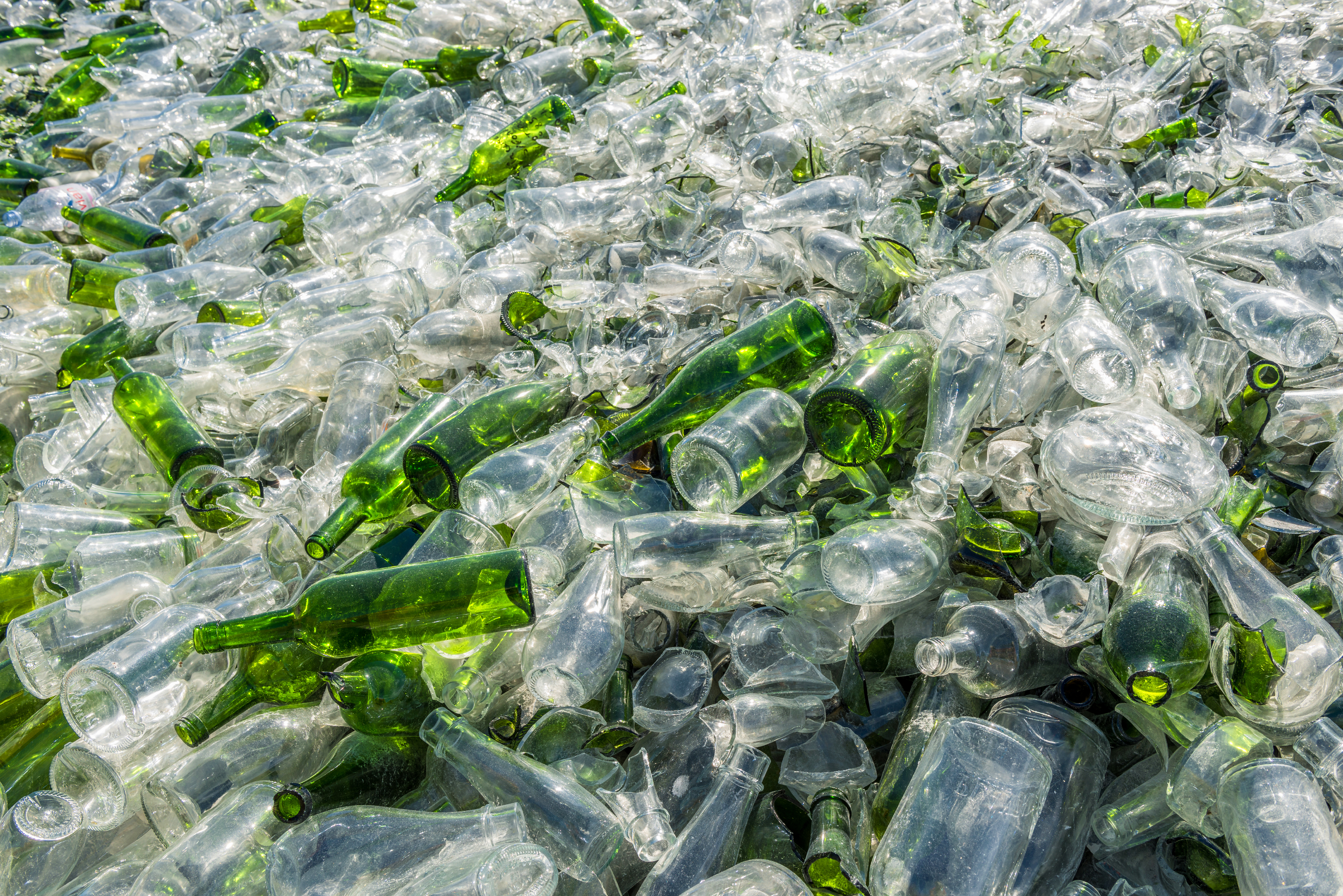GLASS RECYCLING
A Call for Reform on the Traditional System
Recycling advocates across the country are calling for reform on state-wide recycling programs.
Recently, legislators in Oregon, Colorado, Tennessee, Iowa, and Indiana have begun reform on their glass recycling programs and incentives, and are expected to be quickly followed by the rest of the country.
In many counties, businesses are actually paying extra to acquire raw materials from out of state because they claim there isn’t enough available local material. Meanwhile, their own state landfills are overflowing with recyclable goods such a plastic, paper, and glass. In Indiana alone, more than half of the landfills are comprised of perfectly usable recyclable material. So where is the disconnect?
When it comes to glass, there is simply too much to be properly sorted with the old and archaic system of single-stream recycling.
Traditional Glass Recycling
Traditional glass recycling, or single-stream recycling, is the current system we use in the United States. All paper, plastics, metals, and other containers are mixed in a collection truck, instead of being sorted into separate bins by consumers and handled separately throughout the collection process. In single-stream, both the collection and processing systems are designed (in theory) to handle the mixture of all recyclables, with materials being separated for reuse at a materials recovery facility (MFR).
Single-stream recycling has not only led to a problem of contamination amongst materials like cardboard, paper, and plastic, but has especially created issues where glass is considered. The process of recycling glass at an MFR relies on optical sorting by color. Only a very small portion of the glass that goes through the current system is large enough to be properly sorted this way. The majority of glass – largely due to breakage – cannot be optically sorted and therefore is sent to a landfill.
Glass should be one of the most recyclable resources available to us. It can be crushed, melted, and repurposed infinitely, without ever reducing the quality. In fact, according to the Glass Packaging Institute, “new” glass bottles are almost always made using a portion of recycled glass. However with the current single-stream system, this infinite potential is lost.
The reality is most glass – jars, bottles, mirrors, windows, containers, or other – tossed in a recycling bin will never make it to a glass recycling plant, let alone be repurposed into new materials. Most bottles break during the initial placement in the bins, or during transport and sorting. The remaining shards are left worthless, and dumped in a landfill, where they can take up to 2 million years to decompose.
The Facts
- 75% of Glass is in Landfills: 75% of all glass that enters the waste system ends up in landfills. That’s 110,000,000 glass bottles going into US landfills every single day.
- Glass Decomposition Time = 1-2 Million Years It is estimated to take over 1 to 2 million years for just a single glass bottle to decompose in a landfill.
- $1 Billion Wasted: By not properly recycling glass, we are throwing away an estimated $1 billion every year.
The SiONEER Solution
SiONEER was founded with the mission of creating a new, sustainable approach to glass recycling. One that encompasses all forms of reuse, no matter the size.
75% of the national total glass supply is landfilled each year, because traditional processing relies on technology and markets that can’t effectively recycle all the glass. Our goal is to not only correct this staggering statistic, but to change the glass recycling system completely.
Due to our new and innovative process, all glass can now be recycled and repurposed, and kept out of landfills. Read more about our unique mission and process here.
